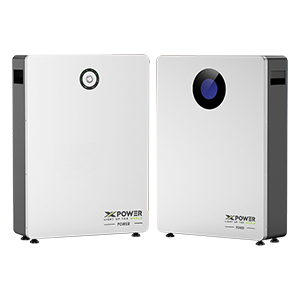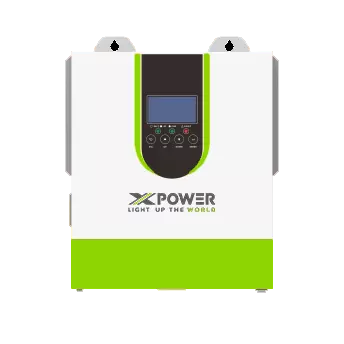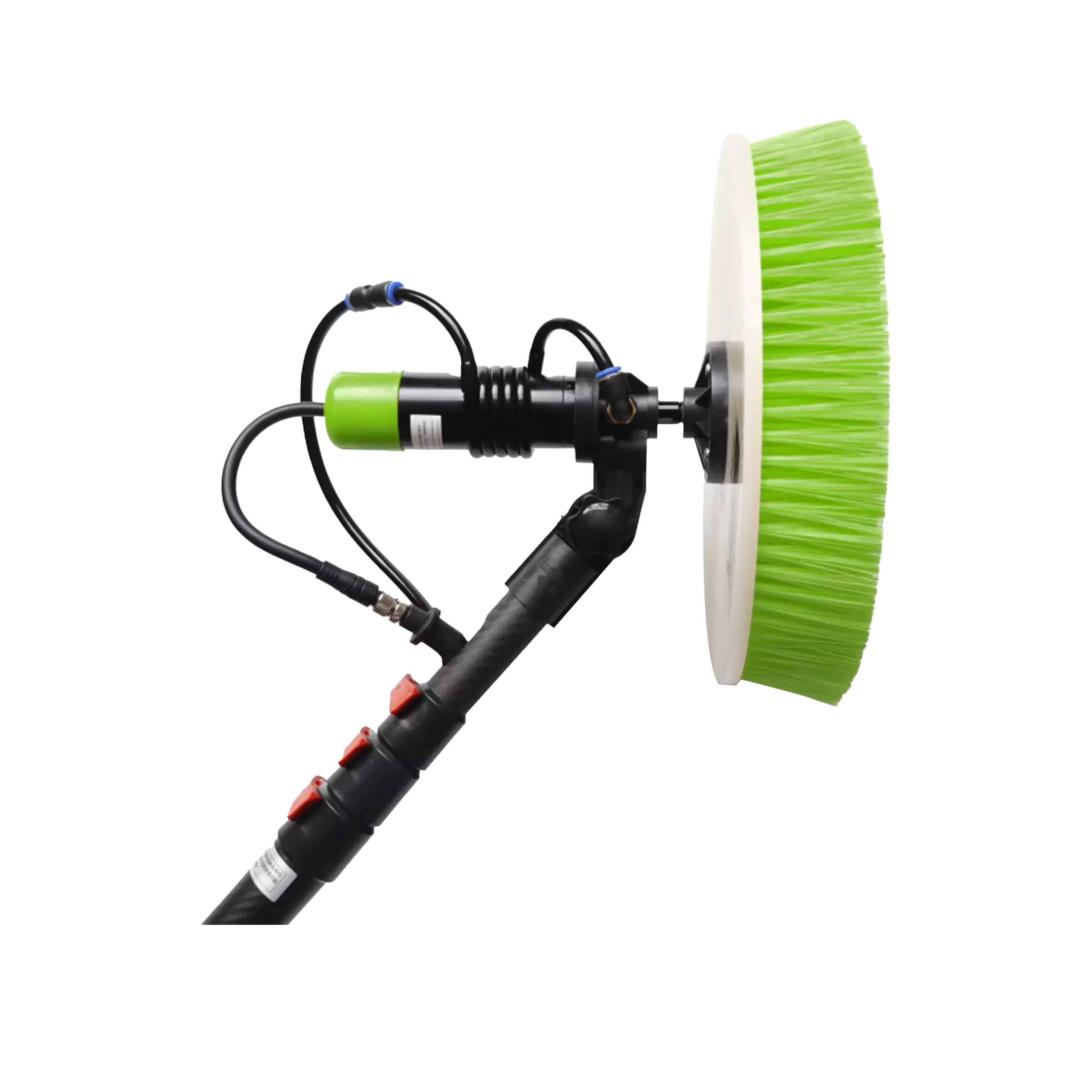The Distinction between Photovoltaic Modules and Solar Panels
Time of Release : 2023-08-31
Introduction
In the realm of solar energy, two common terms that often cause confusion are “photovoltaic modules” and “solar panels.” While they may appear interchangeable, there are subtle distinctions between the two. This article aims to clarify the dissimilarities, providing a comprehensive understanding of photovoltaic modules and solar panels. By shedding light on these differences, you will gain a deeper appreciation for solar energy technology and make informed decisions regarding their adoption.
Section 1: Photovoltaic Modules
Explanation and Components:
Photovoltaic modules, commonly referred to as PV modules or solar modules, are devices capable of converting sunlight directly into electricity through the photovoltaic effect. The primary component of a photovoltaic module is the solar cells, which are made from semiconductor materials, typically crystalline silicon. These cells capture photons from the sun’s rays and generate direct current (DC) electricity.
Structural Composition:
PV modules consist of multiple interconnected solar cells secured within a protective casing. These cells are electrically connected using conductive material, forming a series or parallel circuit. To prevent damage from weather elements, environmental factors, and mechanical stress, the cells are encapsulated in layers of transparent and durable materials, such as tempered glass and ethylene-vinyl acetate (EVA).
Functionality:
When sunlight reaches the PV module, photons strike the solar cells, dislodging electrons from their atoms and creating an electric current. This direct current is then collected by metal contacts on the surface of the cells and channeled through a network of interconnected cells within the module. The current is subsequently routed to an inverter, where it is converted into alternating current (AC) suitable for consumption or grid connection.
Variations and Efficiency:
Photovoltaic modules come in various shapes, sizes, and power ratings to suit different applications and energy requirements. Efficiency levels of PV modules vary, with advanced technologies continually enhancing the conversion rate of sunlight into electricity. Higher efficiency translates to greater electricity generation per unit area of the module.
Section 2: Solar Panels
Definition:
Solar panels are devices that capture sunlight and convert it into usable electrical energy or heat energy through various mechanisms. While the term “solar panel” is often used interchangeably with “photovoltaic module,” there is a slight difference in their functionality.
Functional Types:
Unlike photovoltaic modules, solar panels encompass a broader range of devices beyond just electricity generation. Solar panels can be broadly categorized into two functional types: photovoltaic solar panels and solar thermal panels.
Photovoltaic Solar Panels:
Similar to photovoltaic modules, photovoltaic solar panels convert sunlight directly into electricity. These panels employ the same photovoltaic effect, utilizing semiconductor materials to generate an electric current when exposed to sunlight. Hence, the distinction between photovoltaic modules and photovoltaic solar panels is primarily semantic.

Solar Thermal Panels:
On the other hand, solar thermal panels harness sunlight to generate heat energy instead of electricity. These panels absorb solar radiation and convert it into thermal energy, which can be used for heating water, space, or industrial processes. Solar thermal panels typically feature pipes or tubes through which a heat transfer fluid flows, absorbing the sun’s heat and transferring it to the desired application.
Section 3: Conclusion
While the terms “photovoltaic modules” and “solar panels” are often used interchangeably, an important distinction exists between the two. Photovoltaic modules specifically refer to devices that convert sunlight directly into electricity using the photovoltaic effect. These modules consist of interconnected solar cells encased in protective materials.
On the other hand, solar panels encompass a broader category that includes not only photovoltaic solar panels but also solar thermal panels. Photovoltaic solar panels generate electricity by harnessing sunlight, while solar thermal panels convert solar radiation into heat energy for various applications.
Understanding the differences between photovoltaic modules and solar panels is crucial for individuals interested in adopting solar energy solutions. By grasping these distinctions, consumers can make informed decisions on the type of solar technology that best suits their specific energy needs.
In conclusion, as solar energy continues to gain prominence, recognizing the dissimilarities between photovoltaic modules and solar panels empowers individuals to navigate the solar industry effectively and contribute to a sustainable future.





